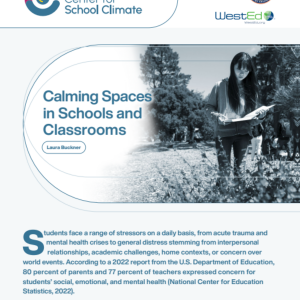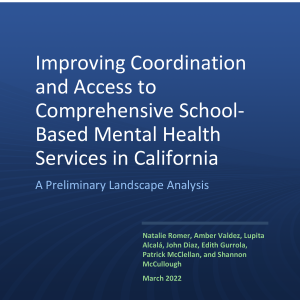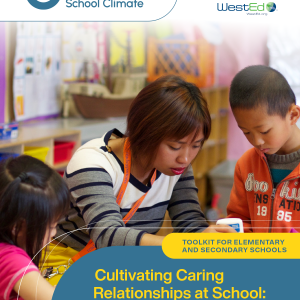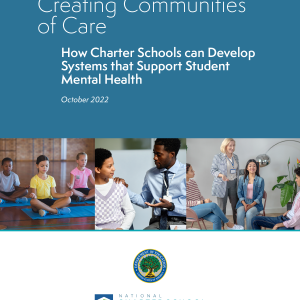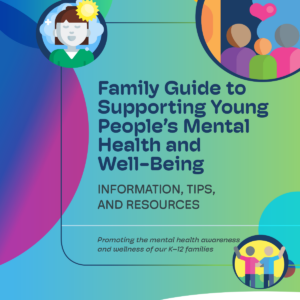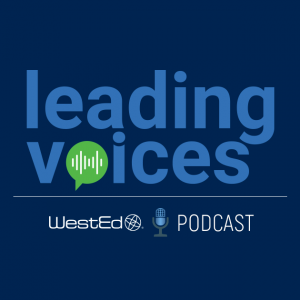How Schools and Families Can Partner to Support Youth Well-Being
Posted on
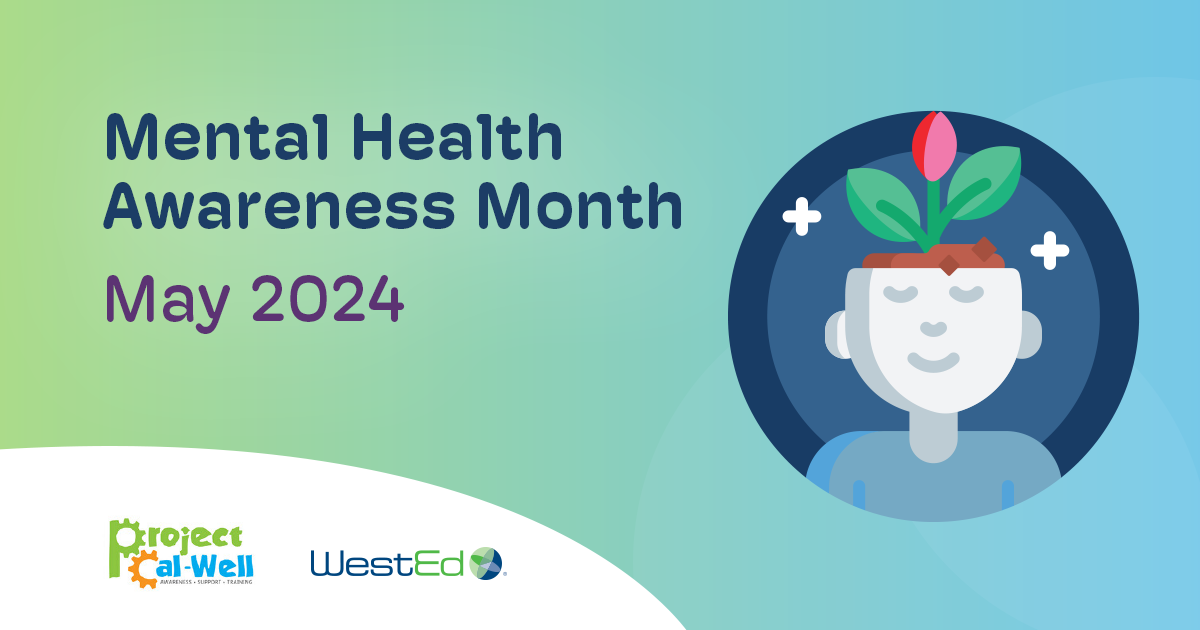
This is a really important topic, and as a young person I value how impactful it is to have parents in my life who care about my mental health and are doing everything they can to support it.
— California high school student
Like many other significant observances throughout the year, Mental Health Awareness Month is a critical reminder to raise awareness, promote understanding, and drive action on important issues that impact individuals, communities, and society.
In 2020, suicide was the second leading cause of death for youths ages 10–14 and the third leading cause of death for people ages 15–24. Given these alarming statistics, how can educators, parents, and caregivers better support and nurture young people’s development and well-being? One powerful way to do this is by cultivating strong partnerships between schools and families. When families and school staff work together, they can ensure that young people have what they need to be healthy, happy, and ready to learn.
Schools serve as more than just educational institutions; they provide safe and supportive environments that create the foundation for students to thrive academically, emotionally, and socially. School is also where students and their families are likely to receive, or be connected to, mental health supports.
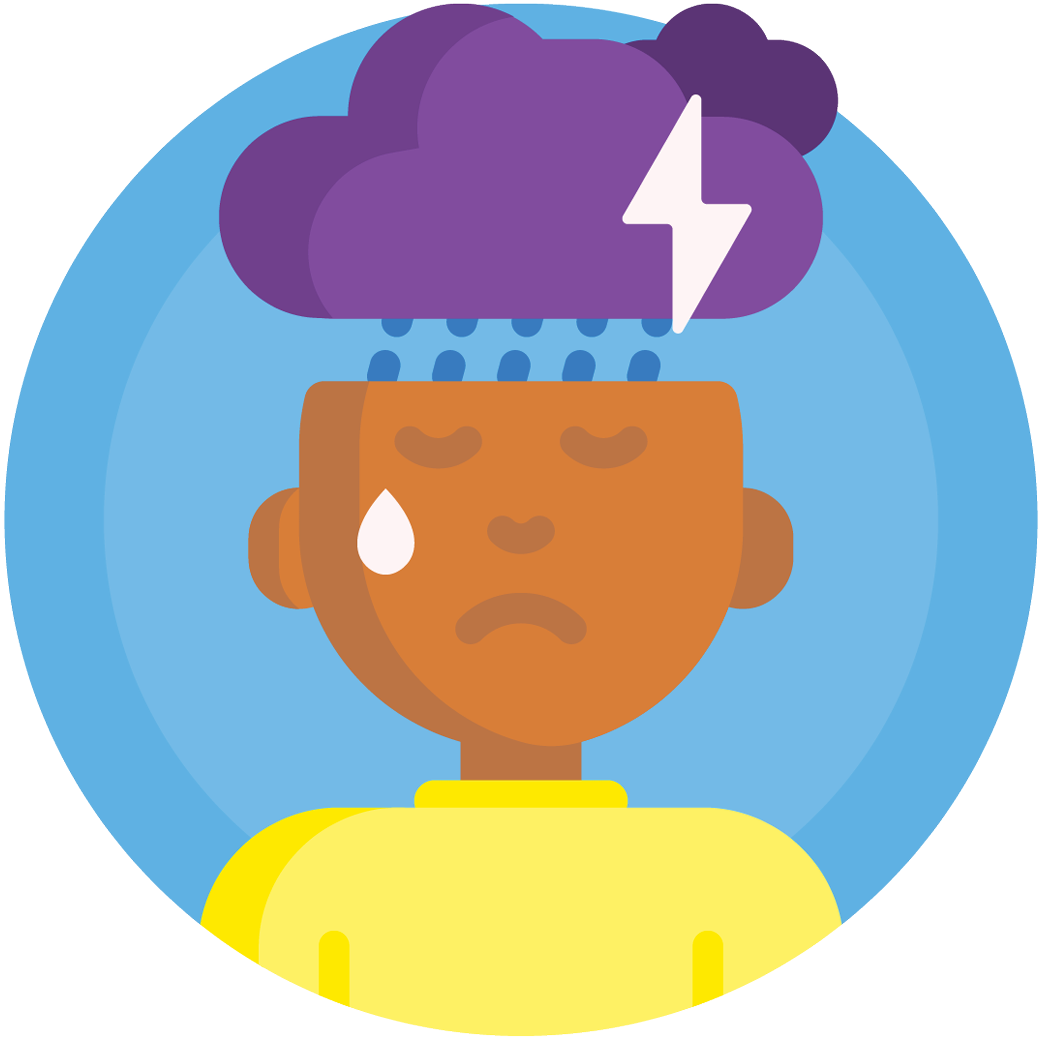 Children’s mental health is crucial to their overall well-being, influencing their ability to manage stress, interact with others, and make healthy decisions. Yet, data and statistics on children’s mental health reveal a concerning reality. In 2019, more than a third of adolescents in the United States had persistent feelings of sadness or hopelessness.
Children’s mental health is crucial to their overall well-being, influencing their ability to manage stress, interact with others, and make healthy decisions. Yet, data and statistics on children’s mental health reveal a concerning reality. In 2019, more than a third of adolescents in the United States had persistent feelings of sadness or hopelessness.
Mental health disorders also impact the ways children learn, behave, or manage their emotions—leading to distress and affecting their ability to cope with daily challenges and routines. The most common mental health disorders diagnosed among young people are anxiety, depression, and attention deficit hyperactivity disorder (ADHD). However, according to research, an estimated 70 to 80 percent of children with mental health disorders do not receive the care they need.
 How Schools Can Help
How Schools Can Help
To help address mental health disorders, schools provide many different types of cognitive and behavioral health supports and services to students and families. The Family Guide to Supporting Young People’s Mental Health and Well-Being highlights these supports and the following ways school staff can advocate for students’ mental health:
- Create a positive learning environment
- Find out what caregivers value and want for their children at school
- Teach social and emotional skills and let families know what these skills are so they can practice them at home
- Make everyone aware of why mental health is important
- Connect students and families directly to mental health providers or counselors at school or in the community
- Work with community partners to help connect families to services such as food pantries, housing, and after-school care
 How Families Can Collaborate with Schools
How Families Can Collaborate with Schools
According to survey results from California middle and high school students in the 2021–22 academic year, 27 percent of students identified their parent or guardian discovering their mental health concerns as one of the main obstacles preventing them from seeking care when experiencing feelings of sadness, stress, loneliness, or depression. Parents and other caregivers can build on the school’s services—ensuring their child’s needs are met—and create an environment where their child feels comfortable expressing those needs in the following ways:
- Ask what your child likes about their school and what is missing
- Inform your child’s school about what your child needs in order to be successful
- Use the school’s social and emotional strategies at home
- Ask your child what they are learning about mental health in school
- Contact the school to request services for your child
- Let the school know if your child needs help and/or services
Families have the right to seek information and support for their child, and it is essential to advocate for their child’s needs. If families have concerns about their child, their school can help and collaborate with parents to develop a plan of support, which may include school-based mental health resources, educational accommodations (utilizing an individualized education plan [IEP] or a 504 plan), and/or mental health services or other supports within the community. The process of developing this support plan may involve conducting assessments to gain a better understanding of their child’s needs.
In addition to seeking assistance from the school, families may find support from external sources, such as county social services or community-based mental health agencies. It is essential to explore all available avenues to ensure their child’s well-being.
Before students, we are people; young people who are going through multiple changes at once as we try to figure out who we are. Teens and the communities who support them need to be made aware about the importance of youth mental health to help aid them through this process. — California high school student
Learn More
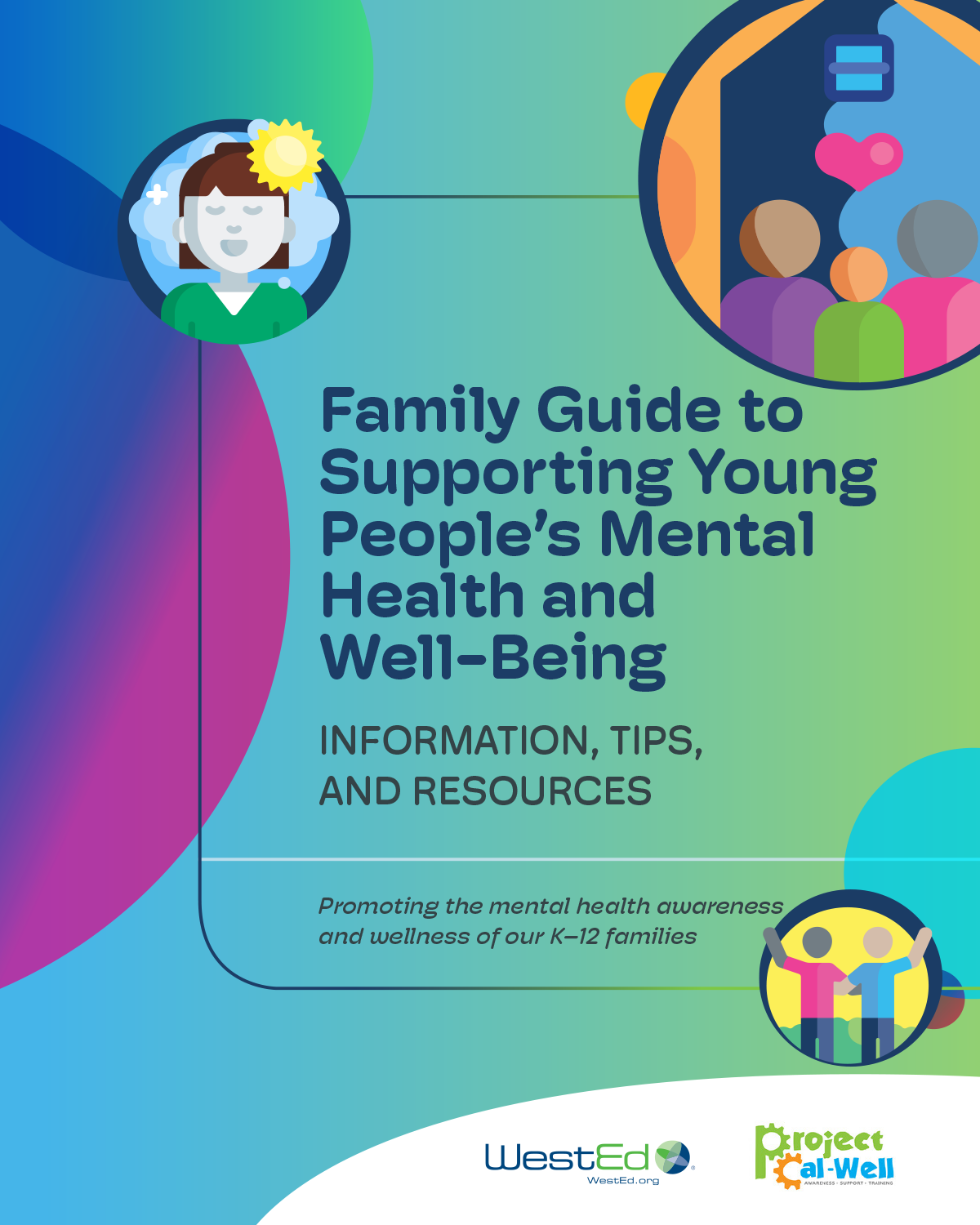 Get more information, tips, and resources to support children’s and youth’s mental health and well-being in the Family Guide to Supporting Yong People’s Mental Health and Well-Being.
Get more information, tips, and resources to support children’s and youth’s mental health and well-being in the Family Guide to Supporting Yong People’s Mental Health and Well-Being.

